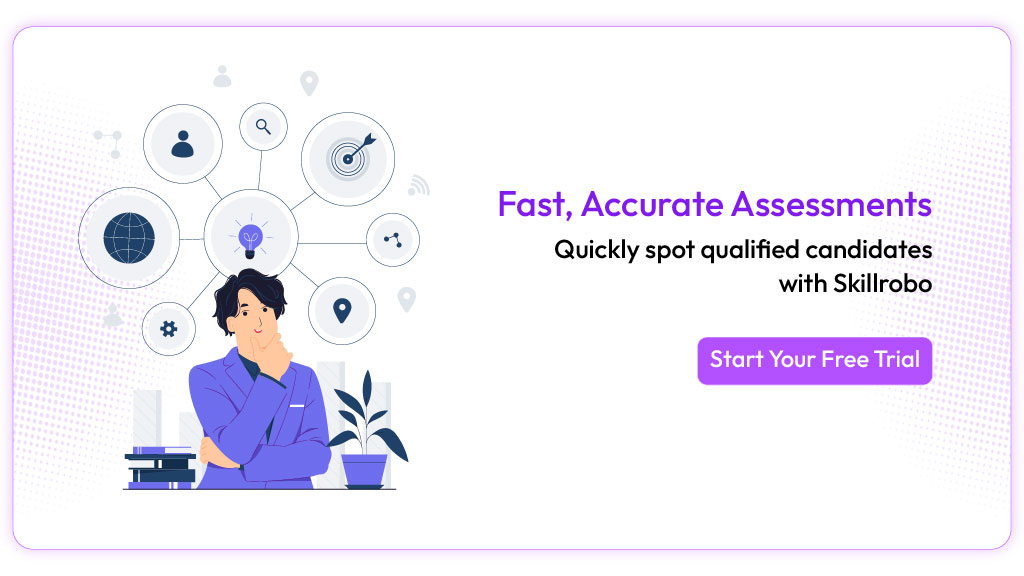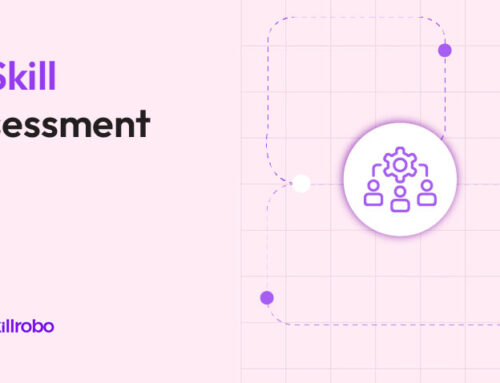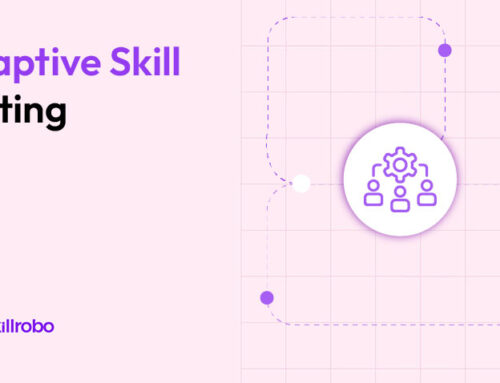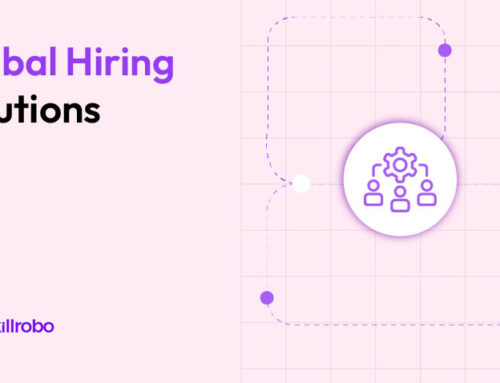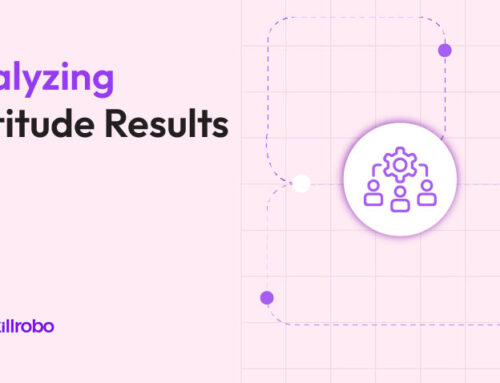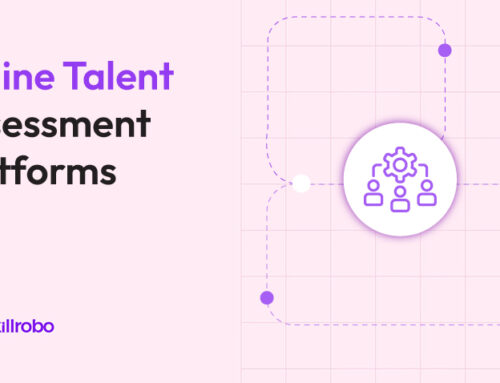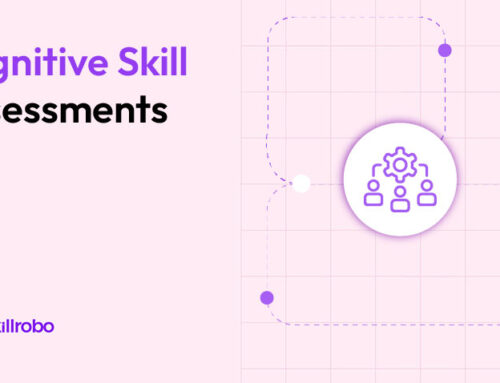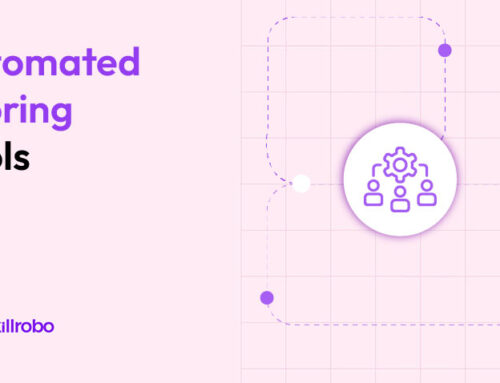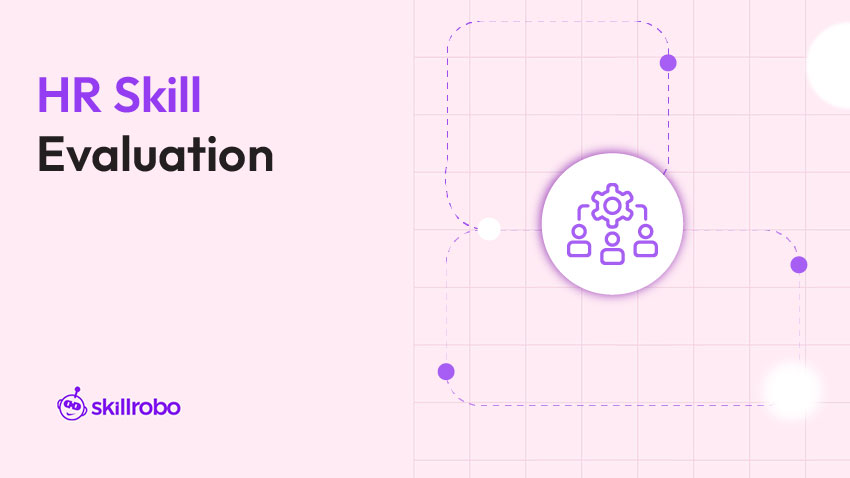
Key Takeaways
- Effective skill evaluations require clear criteria, consistent methods, and aligned feedback for development.
- Combining structured assessment tools with human judgment ensures accuracy, fairness, and actionability.
- Regular skill evaluations support internal mobility, reskilling, and succession planning strategies.
- Proactive feedback and transparent communication improve employee engagement with the evaluation process.
Elevating Employee Skill Evaluations from Routine to Strategic
Skill evaluations are more than routine HR check-ins—they’re strategic tools for unlocking workforce potential. When done right, they provide critical insight into employee capabilities, guide development plans, and support succession decisions. However, inconsistency, bias, or lack of follow-up often render evaluations ineffective.
To ensure evaluations add value, HR must follow structured practices that are fair, objective, and aligned with business goals. In this blog, we explore how to design and implement impactful skill evaluations that strengthen both individual growth and organizational performance.
Why Effective Skill Evaluations Matter
Skill evaluations offer significant strategic value when thoughtfully designed and consistently implemented. Rather than simply grading past performance, structured evaluations unlock future potential and drive better talent management across the organization. Here’s why they are indispensable for modern HR teams:
1. Supports Internal Mobility
By providing transparent visibility into individual competencies, skill evaluations allow HR teams to identify promotion-ready talent within the organization. Instead of defaulting to external hiring, companies can build leadership pipelines internally, reducing hiring costs and preserving institutional knowledge.
2. Improves Training ROI
When assessments highlight specific gaps, training investments become laser-focused. Instead of enrolling entire teams in generalized programs, organizations can channel resources into courses that directly address employee skill deficiencies. Tools like automated skill assessment platforms help track these gaps with precision over time.
3. Enables Personalized Development
Generic development plans often fail to inspire action. Skill evaluations tied to role-specific competencies make growth paths clearer and more relevant. Employees can target precise skill improvements aligned with their career aspirations, improving engagement with learning and development initiatives.
4. Boosts Engagement and Retention
When employees see a transparent evaluation process that leads to real opportunities—promotions, reskilling, or expanded roles—they are more likely to stay committed. Fair skill assessments validate employees’ efforts, making them feel seen, supported, and invested in.
5. Informs Workforce Planning
Skill gap data feeds directly into strategic HR decisions. Companies that continuously assess employee capabilities are better positioned to plan for upcoming needs, whether that’s launching new services, entering new markets, or preparing for digital transformation. Integrating competency assessment frameworks ensures these insights are mapped to business objectives accurately.
Pro Tip: Always link skill evaluation outcomes to visible actions—training opportunities, leadership programs, or new role openings—to keep employees motivated.
Benefits of a Well-Structured Skill Evaluation Program
| Advantage | Impact on HR and Workforce |
|---|---|
| Clearer career progression | Employees better understand the required competencies for advancement, driving career ownership. |
| Better training ROI | Learning budgets are optimized toward filling real skill gaps, maximizing training effectiveness. |
| Stronger internal mobility | Top-performing talent is surfaced early, reducing reliance on expensive external recruitment. |
| Higher retention and engagement | Transparent evaluations create a culture of meritocracy, boosting loyalty and job satisfaction. |
| Informed succession planning | Future leadership pipelines are built on objective readiness data, reducing leadership gaps during transitions. |
Best Practices for Conducting Skill Evaluations
Designing impactful skill evaluations requires more than checklists—it demands strategic alignment with business goals and employee development needs. Here are the best practices HR teams should adopt to conduct structured and meaningful skill assessments:
1. Define Role-Specific Skill Frameworks
Begin by building a comprehensive skills matrix that outlines the technical, behavioral, and leadership skills essential for each role. Clear documentation ensures consistency across departments and sets transparent expectations for employees. Linking evaluations to defined competency frameworks ensures the process remains fair and measurable.
2. Use Multi-Method Evaluation Approaches
No single evaluation method captures the full spectrum of an employee’s capabilities. Combine peer reviews, manager evaluations, self-assessments, simulations, and role-based tests to form a well-rounded view. This multi-dimensional approach increases objectivity and uncovers deeper strengths and development needs.
3. Anchor Evaluations in Observable Behaviors
Avoid subjective evaluations that rely on impressions or biases. Instead, tie each competency to observable actions and measurable outcomes. Use structured rubrics to ensure that assessment scores are consistent and defensible across different evaluators.
4. Prioritize Soft Skills Alongside Technical Skills
Success in modern workplaces requires more than technical proficiency. Include structured evaluations of soft skills like communication, adaptability, leadership potential, and collaboration. Using communication skills assessment tools ensures these critical traits are evaluated consistently alongside technical competencies.
5. Identify and Act on Skill Gaps
Skill evaluations should directly inform actionable development plans. Analyze assessment results to pinpoint gaps between current abilities and role expectations. Prioritize closing gaps that align with future organizational needs to drive both employee and business growth.
6. Provide Clear, Constructive Feedback
Feedback should be detailed, timely, and aligned with skill frameworks. Focus on skills and behaviors rather than personal traits. Use evaluation outcomes to co-create individualized development plans with employees, turning assessments into motivation for growth rather than performance critiques.
7. Track Progress Over Time
Skill assessments should be part of a continuous development loop, not one-off events. Implement digital tracking systems that monitor skill development over time, using visual dashboards and trend analysis to inform ongoing coaching, promotions, and reskilling efforts.
Skillrobo: Powering Skill Evaluations with AI Precision
Skillrobo empowers HR teams to make employee skill evaluations faster, more accurate, and more actionable. Designed for scalability and ease of use, Skillrobo eliminates the manual burdens of traditional assessments while delivering deep, skill-level insights.
1. Customizable Test Design: Create tailored role-specific assessments or choose from a growing library covering technical, cognitive, and behavioral areas.
2. SEYARC AI Engine: Skillrobo’s SEYARC AI automatically generates questions for emerging skills, keeping assessments aligned with the ever-changing demands of the business landscape.
3. Real-Time Reports: Detailed, categorized reports allow instant visibility into individual strengths, skill gaps, and promotion-readiness, helping HR teams make faster, data-driven decisions.
4. Multi-format Questions: Skillrobo supports multiple question types—including multiple-choice, fill-in-the-blanks, and descriptive responses—ensuring evaluations match job complexity and testing requirements.
5. Cheating Prevention Measures: Webcam monitoring, browser tab tracking, and session time limits protect the integrity of each assessment session, maintaining high credibility across employee evaluations.
6. Simple Distribution: Tests can be shared via public URLs, allowing seamless integration into internal career portals, onboarding flows, or direct employee invitations without technical delays.
Skillrobo transforms skill evaluation from an administrative burden into a strategic, continuous improvement engine for workforce development.
Conclusion: Make Evaluations Work for People, Not Just Processes
Skill evaluations, when structured properly, drive far more than compliance—they build better organizations. Transparent, fair, and growth-oriented evaluations unlock employee potential, support internal mobility, and inform smarter workforce planning.
With platforms like Skillrobo, HR teams can automate skill assessments, eliminate manual bias, and gain dynamic insights into workforce capabilities. Evaluations shift from being yearly formalities to becoming catalysts for continuous learning, engagement, and organizational resilience.
Sign up for Skillrobo and future-proof your workforce with smarter, scalable skill evaluation systems.
Table of content
- Key Takeaways
- Elevating Employee Skill Evaluations from Routine to Strategic
- Why Effective Skill Evaluations Matter
- Benefits of a Well-Structured Skill Evaluation Program
- Best Practices for Conducting Skill Evaluations
- Skillrobo: Powering Skill Evaluations with AI Precision
- Conclusion: Make Evaluations Work for People, Not Just Processes

